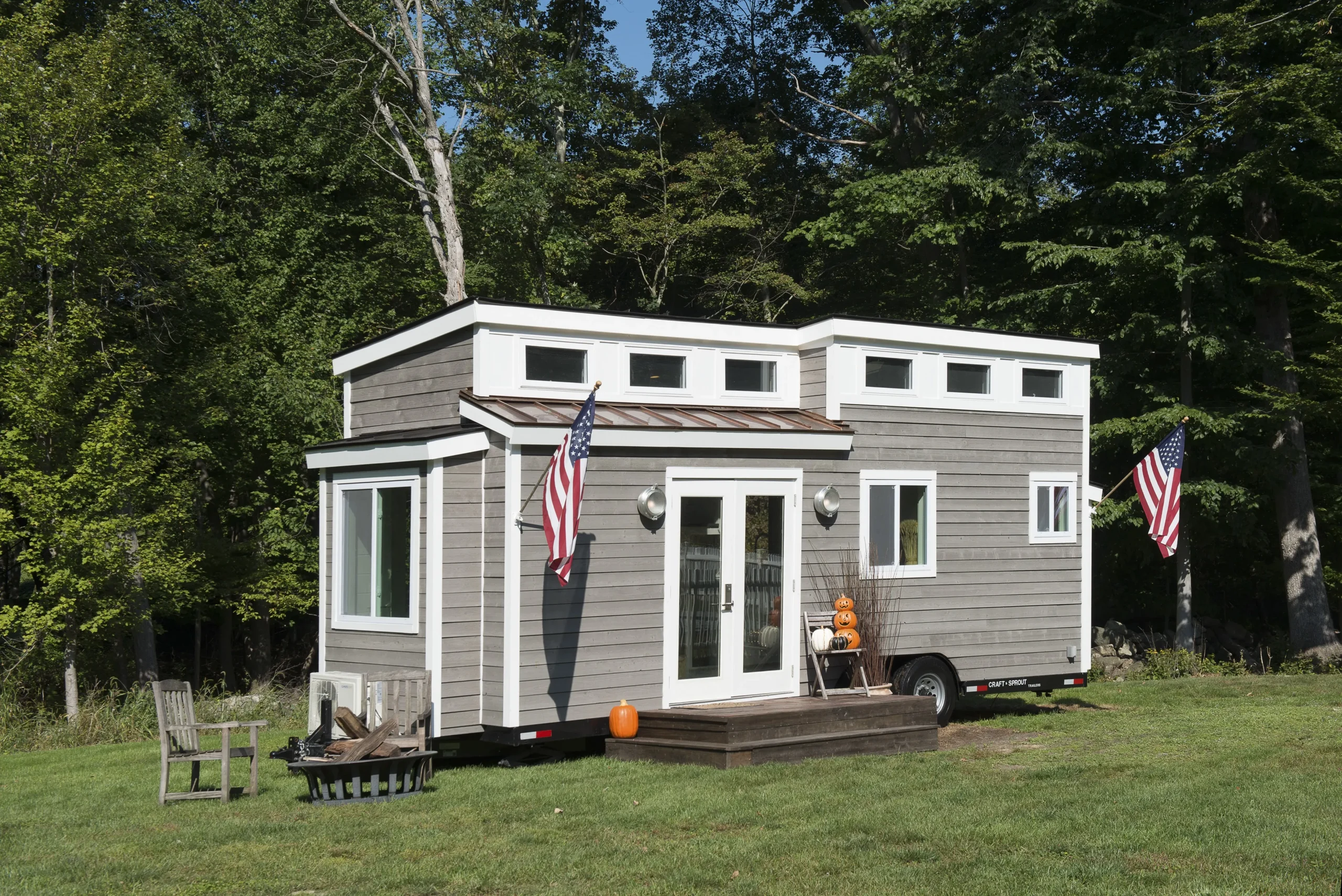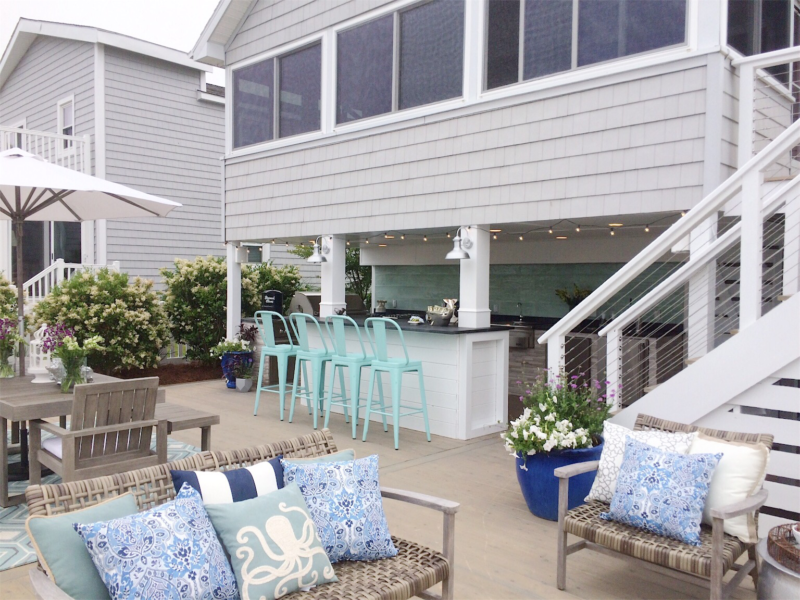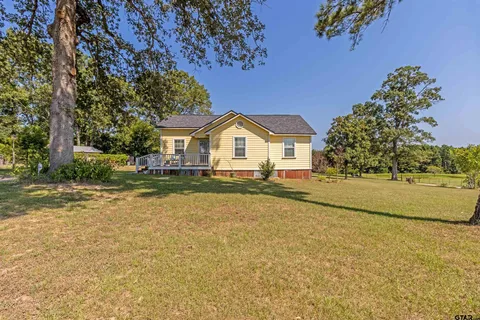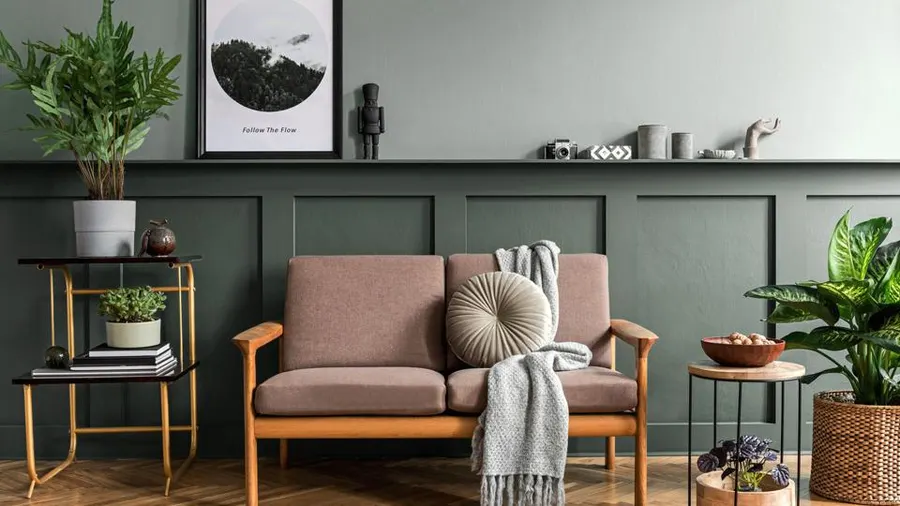One Story Tiny House for Seniors: Smart, Safe & Stylish Living

Looking for a one story tiny house for seniors that’s safe, accessible, and comfortable? As the tiny home movement continues to grow, more retirees and older adults are turning to compact living as a sustainable and simplified lifestyle. A one story tiny house for seniors offers an ideal solution—combining minimal maintenance, energy efficiency, and age-friendly design in one compact footprint.
These homes are not just smaller—they’re smarter. With the right layout and features, a one story tiny house can offer senior citizens independence, safety, and cost-effective living without sacrificing comfort or dignity.
This guide explores the benefits, design considerations, floor plan ideas, and must-have features of one story tiny houses tailored specifically for seniors.
Why One Story Tiny Houses Are Ideal for Seniors
1. Single-Level Convenience
One story designs eliminate the need for stairs or ladders—one of the top concerns for aging adults. Everything is accessible from a single floor, reducing fall risks and promoting mobility.
2. Lower Costs
Tiny houses cost significantly less to build, furnish, and maintain than traditional homes. They also consume less energy, leading to lower utility bills.
3. Aging-in-Place Potential
With proper planning, a one story tiny home can allow seniors to comfortably age in place, surrounded by familiar routines and environments.
4. Simplified Lifestyle
Fewer rooms mean less cleaning and clutter, giving seniors more time to focus on hobbies, socializing, or relaxation.
Key Design Features of a One Story Tiny House for Seniors
When planning or purchasing a one story tiny house for seniors, consider the following essential design elements:
1. Wide Doorways and Hallways
Ensure doorways are at least 36 inches wide to accommodate walkers or wheelchairs.
2. Zero-Step Entry
Ramp or flush entryways make it easier for those with limited mobility to enter and exit the home.
3. Non-Slip Flooring
Choose vinyl, cork, or rubber flooring that minimizes the risk of slips and trips.
4. Accessible Bathroom
Install walk-in showers with grab bars, a handheld showerhead, and a fold-down seat. Consider comfort-height toilets for easier use.
5. Lever-Style Door Handles
Easier to operate than knobs, especially for seniors with arthritis or reduced hand strength.
6. Bright Lighting
Natural light, LED lighting, and motion-activated lights help improve visibility and safety.
7. Easy-to-Reach Storage
Use pull-out shelves, lower cabinets, and wall hooks to reduce the need for bending or reaching high.
Popular Floor Plans for One Story Tiny Homes for Seniors
1. Open Studio Layout
- Combines living, dining, and sleeping in one space
- Ideal for single seniors or minimalists
- Simple, uncluttered design promotes easy movement
2. One Bedroom with Walk-in Bath
- Separate bedroom provides privacy
- En-suite bathroom increases convenience
- Wider hallway access connects spaces efficiently
3. Dual Suite Design (for Couples)
- Includes two sleeping areas or a flexible guest room
- Larger kitchen and living area
- Great for senior couples or live-in caregivers
Must-Have Features in a Senior-Friendly Tiny Home
Here’s a checklist of features that enhance safety, comfort, and functionality in a one story tiny house for seniors:
- ✅ Slip-resistant surfaces inside and out
- ✅ Raised garden beds for accessible outdoor space
- ✅ Ample windows for ventilation and sunlight
- ✅ Emergency call system or smart home devices
- ✅ Wall-mounted foldable tables or desks
- ✅ Easy-access laundry area
- ✅ Low-maintenance exterior materials
Pros and Cons of Tiny House Living for Seniors
Pros
- Affordability – Lower construction and utility costs
- Accessibility – One-floor layout reduces fall risks
- Sustainability – Environmentally friendly lifestyle
- Low Maintenance – Less space means less upkeep
- Flexibility – Can be mobile or placed on family property
Cons
- Limited Storage – Requires downsizing
- Zoning Restrictions – May face legal limitations in some areas
- Space Constraints – Less room for guests or hobbies
- Adjustment Period – Transitioning to tiny living can take time
Real-Life Use Cases & Testimonials
Mary, 72 – Retired Teacher
“I moved into a one story tiny house after retirement. It has everything I need—safe bathroom, cozy bed, and a little garden. I never thought less space could bring more peace.”
John & Linda, 67 and 70 – Downsizing Couple
“After the kids moved out, we built a one story tiny home in our daughter’s backyard. It’s affordable and lets us stay close to family while keeping our independence.”
How to Buy or Build a One Story Tiny House for Seniors
Option 1: Buy a Pre-Built Unit
- Choose from companies offering senior-focused models
- Customize features like ramp access, appliances, and fixtures
- Delivered and installed on-site
Option 2: Hire a Tiny Home Builder
- Work with a builder specializing in aging-in-place design
- Tailor every detail to your preferences and needs
- Ensure ADA compliance if required
Option 3: DIY Build
- For those with experience or willing to manage contractors
- Use senior-friendly tiny house plans
- Allows complete customization
Legal and Zoning Considerations
Before purchasing or placing a tiny home:
- Check local zoning laws to ensure tiny homes are permitted
- Explore ADU (Accessory Dwelling Unit) options for placement on family property
- Understand building codes and minimum square footage requirements
- Inquire about utilities like septic, water, and electrical connections
Financial Tips for Seniors Choosing a Tiny Home
- Look into reverse mortgages or retirement savings for financing
- Explore housing grants or non-profit programs that support senior housing
- Consider downsizing profits from selling a traditional home
- Evaluate monthly costs including insurance, taxes, and maintenance
Conclusion
A one story tiny house for seniors is more than a downsizing option—it’s a lifestyle choice rooted in freedom, safety, and simplicity. With smart design and thoughtful planning, seniors can enjoy a secure, affordable, and dignified living space that supports aging in place without sacrificing comfort or convenience.
Whether you’re exploring tiny living for yourself or a loved one, now is the time to embrace a housing solution that puts independence and well-being first.
Ready to simplify your lifestyle and embrace aging in comfort? Explore more tiny home options or start designing your perfect one story sanctuary today.




